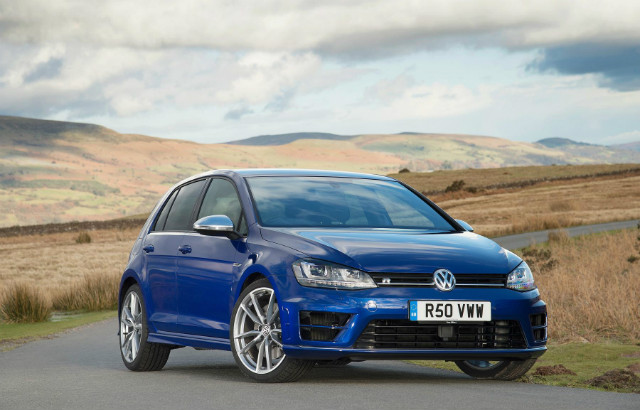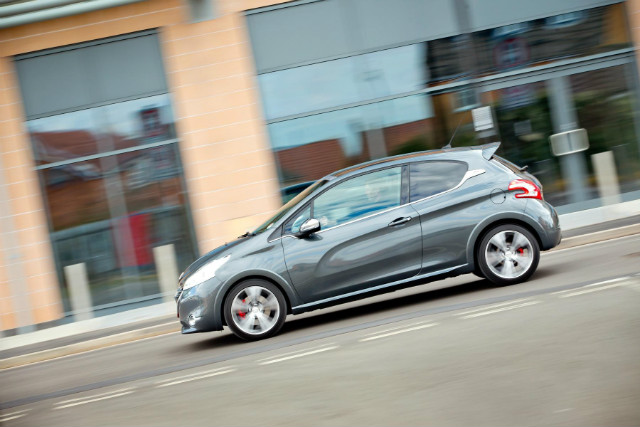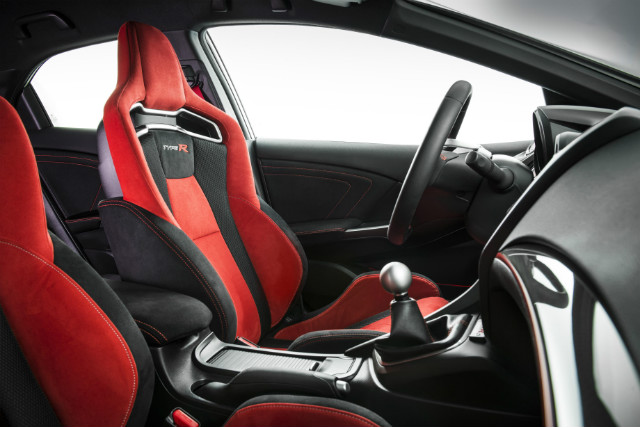Hot hatches make up a relatively small section of the new car market but it’s an everlasting part of it thanks to the passionate fan bases surrounding such cars.
Taking a practical family hatchback or supermini and adding a lot more performance is a concept which has resonated with plenty of car fans over the years and created cult names like RS and GTI.
If you have the budget for a hot hatch yourself, but you’re not sure if it’s the right sort of car for you then that’s up to you. But if it’s because you have some concerns then it could be because you’ve heard some assumptions (or made up your own) about hot hatches which make them sound trickier to live with then they are in reality.
In this guide we tackle a few myths regarding issues with owning a hot hatch.
All hot hatches are incredibly thirsty on fuel

It’s inevitable that the bigger, more potent engines found in hot hatches are going to be thirstier than those used for non-performance-focused version of the hatch you’re looking at.
Though fuel bills are something to consider, you won’t necessarily be dealing with pricey refills on a frequent basis. It depends a lot on how you drive the car most of the time and how many miles you plan to cover.
Look at current hot hatches on the market and even the most powerful options like the Ford Focus RS and Volkswagen Golf R can record combined fuel economy figures of near 40mpg. More moderate hot hatch options like the Fiesta ST and VW Golf GTI, can reach beyond 45mpg.
Okay, so those sorts of figures aren’t close to what you can get if there was a small diesel unit onboard, but hot hatches are performance models which can fare a lot better than, say, traditional sports cars when it comes to efficiency.
All hot hatches have an incredibly firm ride

There’s no question that hot hatches get sportier, firmer suspension set-ups than their less hot counterparts. While this helps to deliver a sharper and more engaging drive, it also means hot hatches can’t be as comfortable as the cushiest of family motors.
This doesn’t mean though that hot hatches inevitably must be backbreakingly harsh on the road to gain their sporty quirks. In fact, most of the hot hatches in today’s new car market feel very civilised, especially when you’re just driving in a casual manner.
The best examples of hot hatches are not just a delight to take around corners, but can also soak up potholes, bumps and other undulations in a respectable manner.
Hot hatches aren’t suited for families

Although hot hatches are based on some of the most sought after family cars, some motorists may get the impression that a hot hatch isn’t suitable for standing in for family duties.
They may be dismissed as being too noisy and not practical enough for the likes of kids or your grandparents. But as mentioned already, the vast majority of hot hatches in today’s market do feel very civilised when you drive them in a more tranquil, everyday manner.
Virtually all hot hatches also offer the same amount of head, leg and boot room as the non-performance versions. Some hot hatches may have a reduction of boot space, but not by much even if this is the case.
Modern hot hatches also tend to come equipped with lots of safety kit and luxury features such as climate control, sat-nav, leather and alcantara trim and parking sensors. The sports seats which hot hatches tend to include at the front of the cabin can look bulky and restrictive to begin with, but they are really comfy once you’re in them.
One difference to consider is that the larger sport seats can reduce legroom at the back, but this is something that can easily be checked while, say, at the dealer and the difference will probably be only minimal anyway.
Besides, if you want something with hot hatch performance but an actual hot hatch just isn’t practical enough, you could always think about estate counterparts like the Focus ST estate or Golf R estate.
Interested in buying a new hot hatch? Read our guide on the top five best hot hatches you can buy right now




